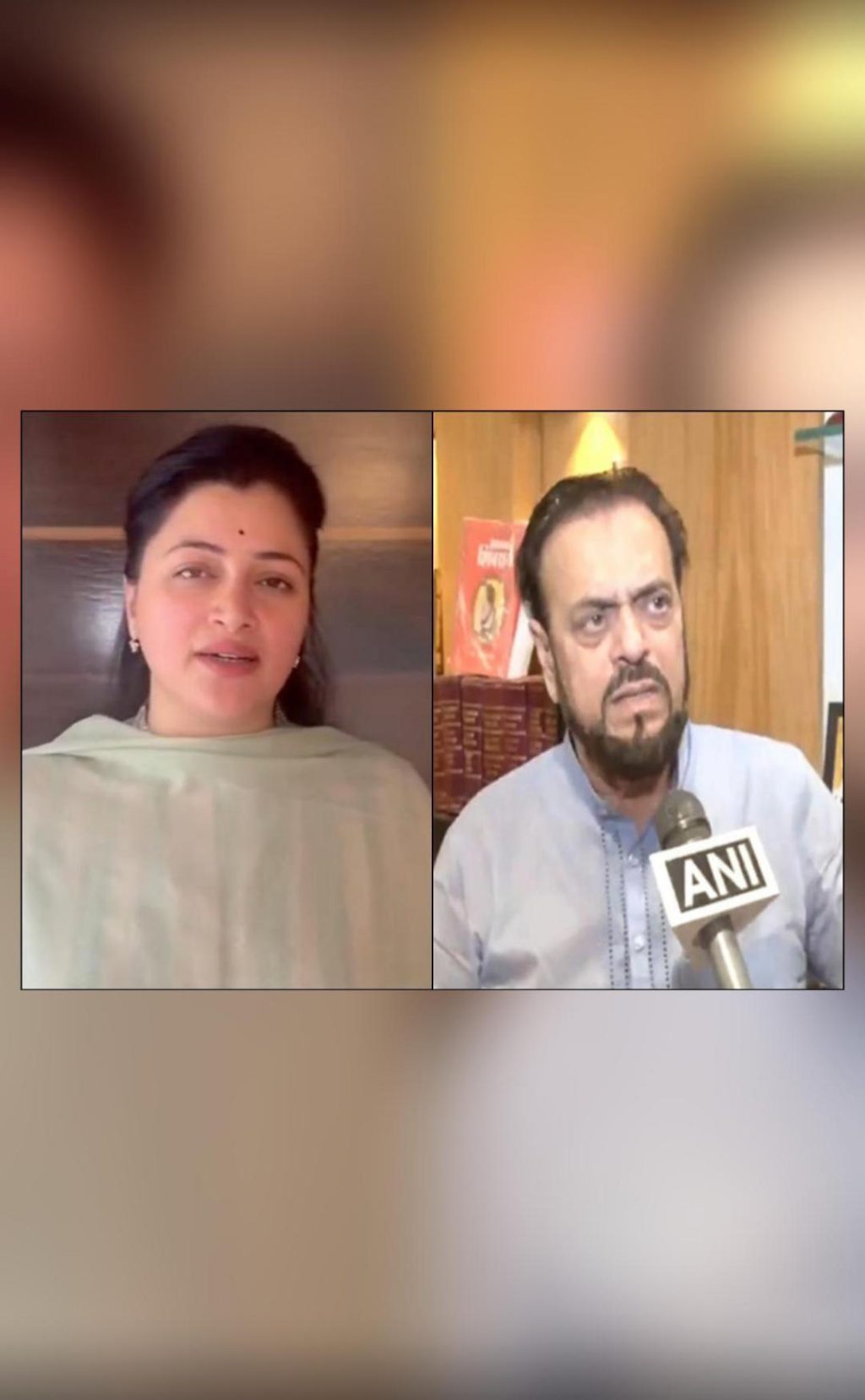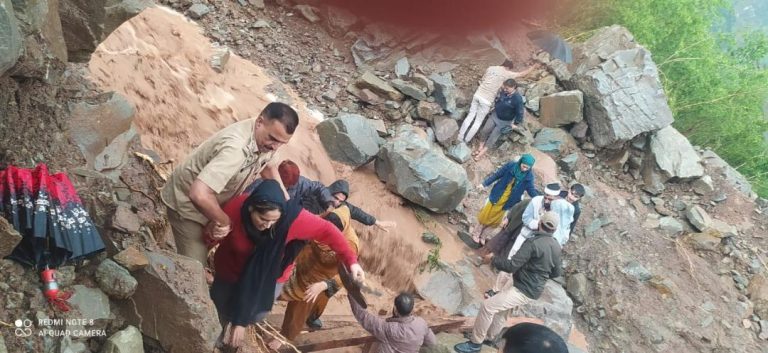
Maha govt must destroy Aurangzeb’s grave: Navneet on Azmi’s remark
The debate over Aurangzeb’s legacy has once again gained momentum, with BJP leader Navneet Rana calling for the destruction of the Mughal emperor’s grave. Her statement comes in response to SP leader and MLA Abu Azmi’s claim that Aurangzeb was “not a cruel leader”. Rana’s demand is not without precedent, as the Maharashtra government has already taken steps to erase Aurangzeb’s presence from the state’s identity. In 2020, the Aurangabad district was renamed Chhatrapati Sambhajinagar, a move that was seen as a symbolic rejection of Aurangzeb’s legacy.
Rana’s call to destroy Aurangzeb’s grave is a reflection of the deep-seated animosity towards the Mughal emperor in many parts of India. Aurangzeb’s reign is widely seen as a period of brutal oppression, marked by the execution of the ninth Guru of Sikhism, Guru Tegh Bahadur, and the demolition of several temples, including the Kashi Vishwanath Temple. The Marathas, who were a major power in the region at the time, also suffered greatly under Aurangzeb’s rule.
Rana’s statement is a direct response to Azmi’s remarks, which she believes are an insult to the memory of Chhatrapati Sambhaji Maharaj, the son of Shivaji Maharaj and a legendary Maratha warrior. “People like Azmi should watch ‘Chhaava’ to see what Aurangzeb did to our king [Chhatrapati Sambhaji Maharaj],” Rana said, referring to a Marathi film that tells the story of Sambhaji’s life.
The controversy surrounding Aurangzeb’s legacy is not new. In recent years, there have been several demands to destroy his grave, which is located in the Attock district of Pakistan. The demand has been met with fierce opposition from some quarters, who argue that Aurangzeb’s grave is a symbol of India’s rich cultural heritage and should be preserved as a reminder of the country’s complex history.
However, Rana’s call to destroy Aurangzeb’s grave is not without precedent. In 2020, the Maharashtra government announced plans to demolish a statue of Aurangzeb in the city of Aurangabad, which was built during the British colonial era. The move was seen as a symbolic rejection of Aurangzeb’s legacy and a nod to the region’s rich Maratha heritage.
The renaming of Aurangabad district to Chhatrapati Sambhajinagar was also seen as a major blow to Aurangzeb’s legacy. The move was widely welcomed by many in the region, who saw it as a way to erase the Mughal emperor’s presence from the state’s identity. The renaming of the district was also seen as a way to promote the region’s cultural heritage, with many arguing that it would help to foster a sense of pride and identity among the local population.
Rana’s call to destroy Aurangzeb’s grave is also seen as a way to promote the region’s cultural heritage and to challenge the dominant narrative of Indian history. Many historians and scholars have argued that Aurangzeb’s legacy has been unfairly maligned, and that he played an important role in shaping the course of Indian history. However, Rana’s statement suggests that many people in the region still view Aurangzeb’s legacy with suspicion and hostility.
In conclusion, Navneet Rana’s call to destroy Aurangzeb’s grave is a reflection of the deep-seated animosity towards the Mughal emperor in many parts of India. The demand is also seen as a way to promote the region’s cultural heritage and to challenge the dominant narrative of Indian history. However, the controversy surrounding Aurangzeb’s legacy is unlikely to be resolved anytime soon, and will likely continue to be a source of tension and debate in the years to come.





